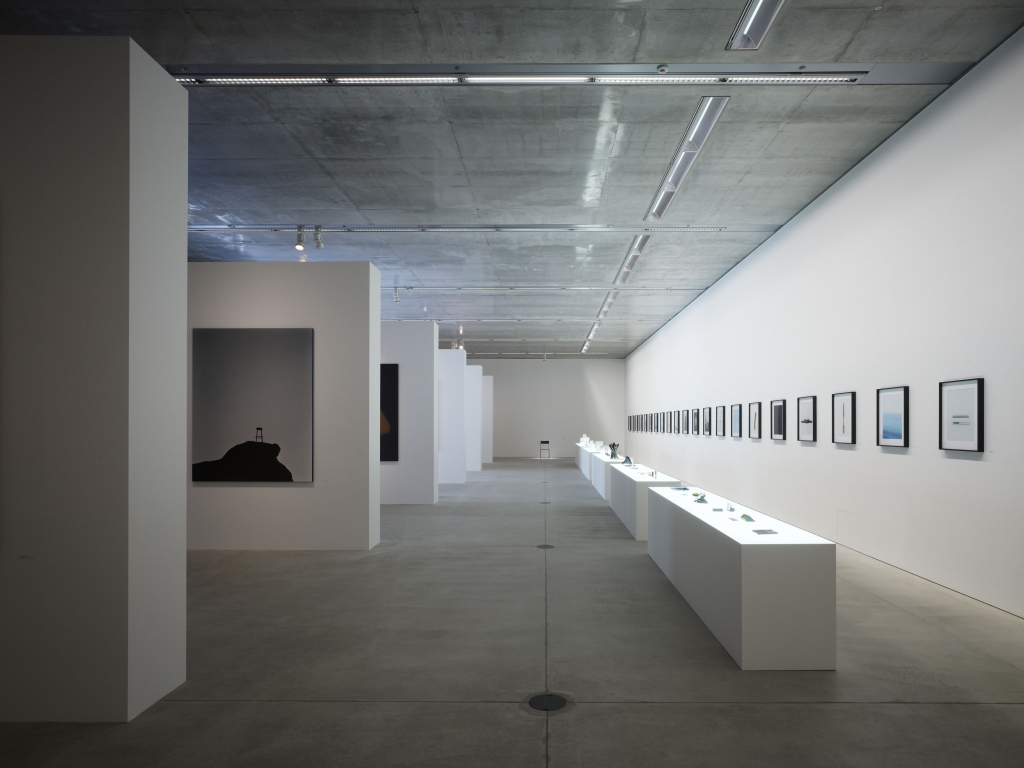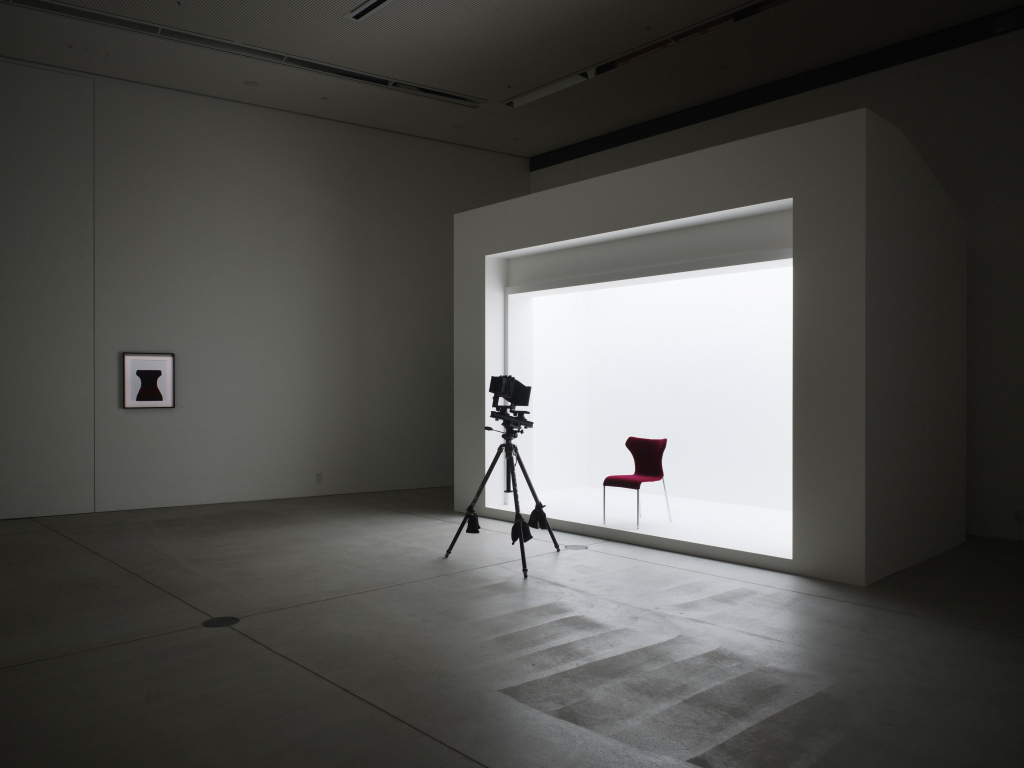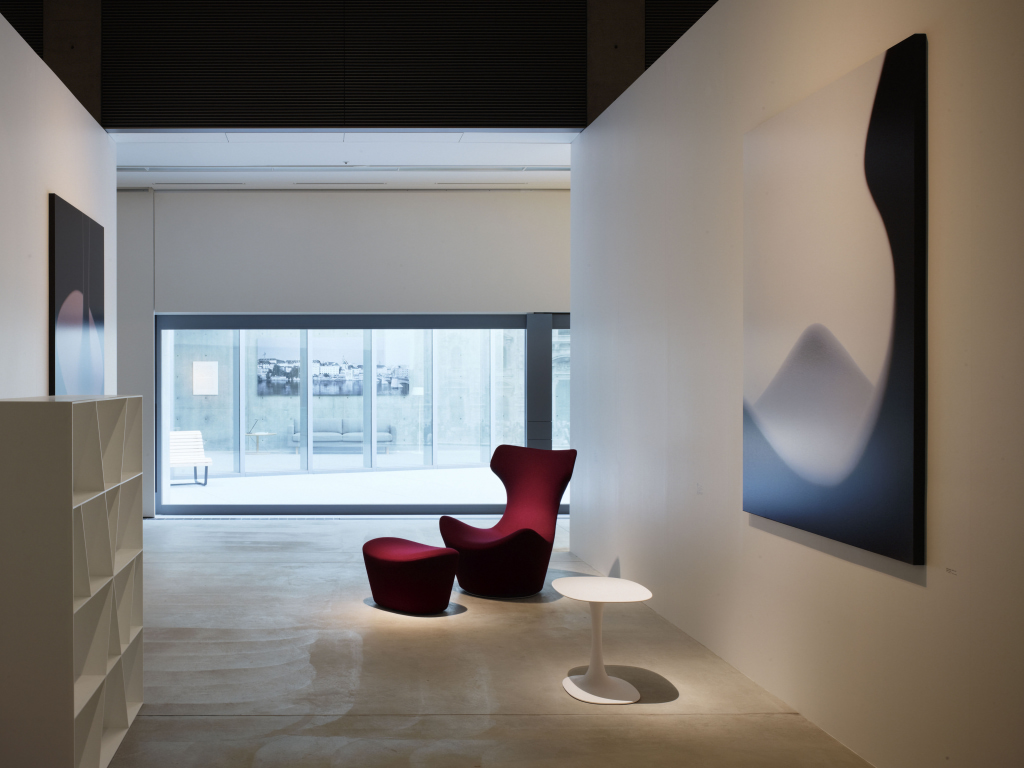by Owen Schaefer
Imagine yourself on a riverside. You are picking up stones rounded perfectly smooth by years of rushing water. They’re comfortable to touch, and sit perfectly in the palm of your hand. Now imagine that you find one that is much larger. Too large, in fact, to be lifted. But it is pearl white and smooth, and seems to invite you to sit down.
This is Naoto Fukasawa’s vision for his Koishi bench, and it does indeed call to mind a water-rounded stone. Are you likely to choose it over a sofa? Perhaps not. Still, it no doubt fills a niche in the desires of certain decorators, and niches are important to Fukasawa’s philosophy toward design. Fukasawa wants to consider the space that his product is being designed to fill as much as the lines that define it, an idea which includes the product’s uses, potential surroundings, and cultural impact. And he applies this idea to everything he designs, from high-end European furniture to toasters and cellphones, pens and laptop computers. But while Fukasawa delineates objects and their surroundings, photographer
Tamotsu Fujii delights in blurring them.
21_21 Design Sight’s current show, The Outline, is a two-man show, with Fukasawa’s designs forming the conceptual base for this exploration of edges, object and space, but it is the photography of Tamotsu Fujii that turns those works into images that are likely to stay with you longer than the designs themselves. Fujii and Fukasawa have been working together for a long time—the works here are mostly the result of a series of photographs of Fukasawa’s designs that Fujii was hired to do for Modern Living magazine. But Fujii’s images are not, strictly speaking, product photography. At least not in the traditional sense.
What takes Fujii’s work a level above average product photography is in the way in which he allows each photo to become an artwork in itself. In most cases, Fujii strips away brand names, and often even obscures the nature of the product itself. What is left are minimalist and frequently almost abstract works using simple color palettes. Fujii approaches every chair, bag and blow dryer as a unique photographic subject, often framing them in shallow focus with lovingly blurred lines. The products become fields of color and light, some of which are quickly recognizable and many of which are not.
In Fujii’s photography, a curvy Fukasawa chair becomes a misty mountain landscape, and a small table design seems to be cream pouring onto a black surface. But the best images are those in which background and foreground merge, as with his white-on-white shot of a bathtub, and a black-on-black water faucet. Only the gleam of light helps to define the edges of what is there.
What keeps the show engaging is that the photos and the objects themselves are not always necessarily placed together, neatly avoiding a show-and-tell approach. Instead there is a sense of encountering both images and objects serendipitously as you move through the gallery, each informing the other as they match up. There are one or two awkward moments—a row of aluminum stools in one spot feels a little like a hastily arranged display at Ikea—but there are also some interesting glimpses into both artists’ processes. And overall, there is a feeling of having gained some small access to the landscape of a designer’s mind though Fujii’s photography; of entering that space where the lines and curves are new and fresh, and not yet stamped with a brand-name label.
Show: The Outline: The Unseen Outline of Things (to Jan 31)
Gallery: 21_21 Design Sight, Tokyo Midtown (Roppongi station)
Hours: 11am–8pm (closed Tue and Dec 28–Jan 2) Admission: ¥1000
Tel: 03-3475-2121
www.2121designsight.jp











